In 1890, the discovery of gold and copper ore on the face of the Red Mountain in eastern British Columbia sparked a mining boom that produced a profitable smelter and gave rise to the City of Trail, which incorporated in 1901. A decade later, growing civic services prompted the province to construct Old Trail Bridge across the Columbia River. The rivet-connected, multi-span truss bridge became known as a historical and technologically significant landmark. Today, Trail remains home to B.C.'s largest lead-zinc smelter. But severe deterioration forced the Regional District of Kootenay Boundary (RDKB) to close Trail’s century-plus bridge in 2010. Mining the Internet for material of a different sort, COWI North America Ltd.—a leading bridge, tunnel and marine engineering consulting group—found Creative Composites Group’s molded FRP FiberSpan™ integrated bridge system.
“Combined deficiencies to the steel truss members and support piers made continued use of the old bridge structure unsafe for pedestrians and vehicles,” says Julie Gubbins, senior bridge engineer and project manager for COWI. “A study concluded that it was too costly to rehabilitate or replace the Old Trail Bridge.”
The town needed an alternative solution. In addition to its topside traffic, Old Trail Bridge carried a sewer pipeline tucked underneath it. “Once the bridge was condemned, the opportunity opened up to re-route the sewer pipe and add a water line for the city,” says Gubbins. Trail also identified a walking bridge as a vital component to the community’s downtown revitalization plan, development of an Esplanade and pedestrian trail development. “Reconnecting with the river is essential to our City’s long-term sustainability,” one Trail official said.
To add pedestrian capability, the new utility bridge required lightweight, prefabricated panels that could accommodate multiple features including a crown, flexible shapes, rail connections and dimensions for standard and custom widths. A mountainside worksite and zero access from beneath on the mighty Columbia River dictated prefabricated FRP panels.


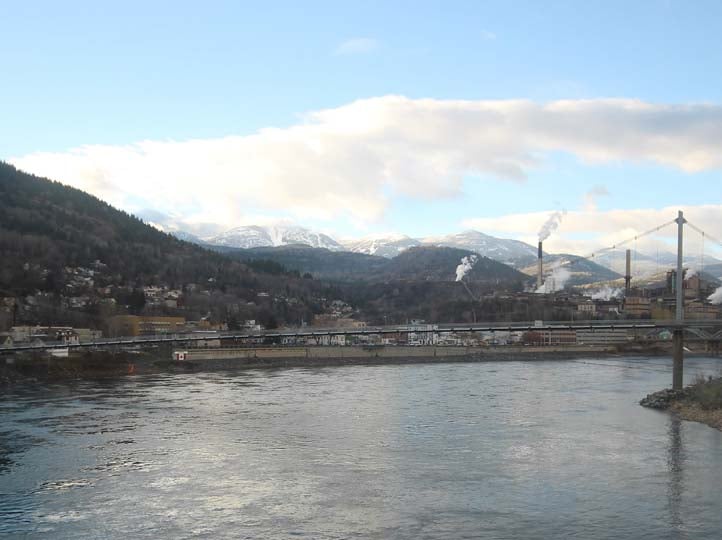
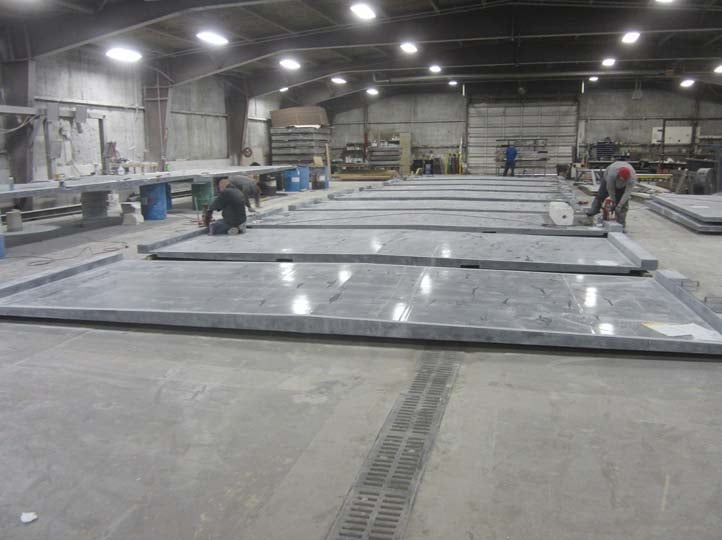
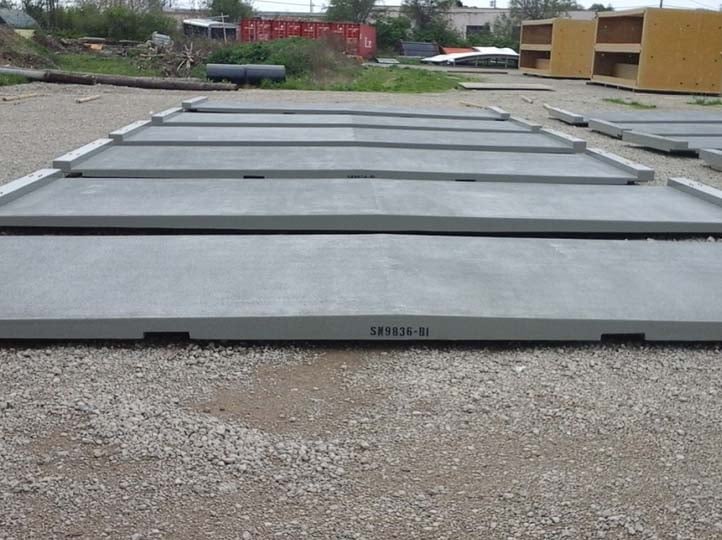
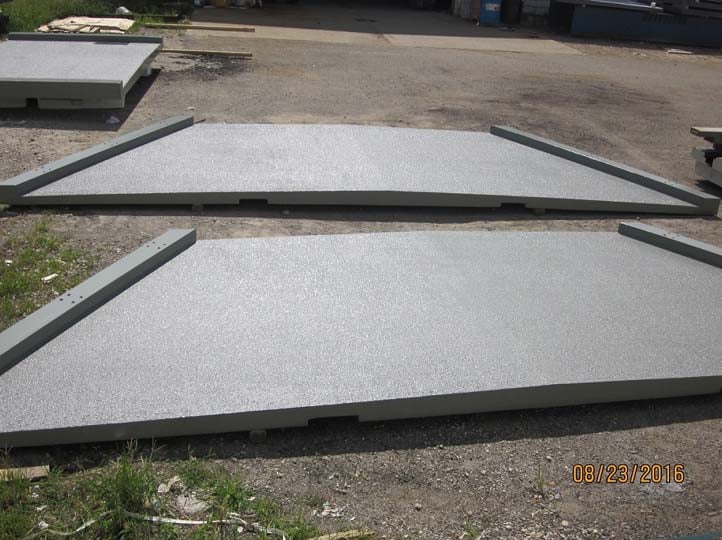
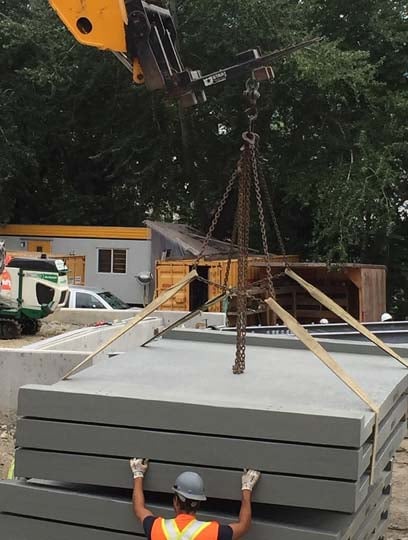
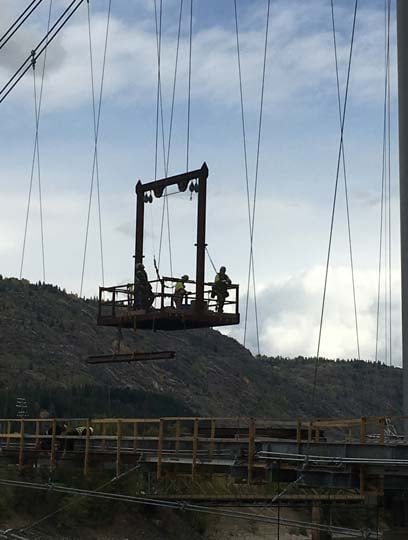
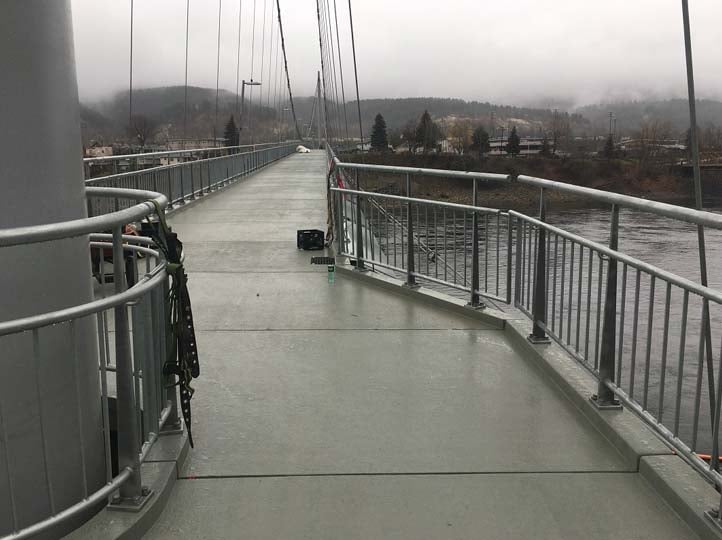
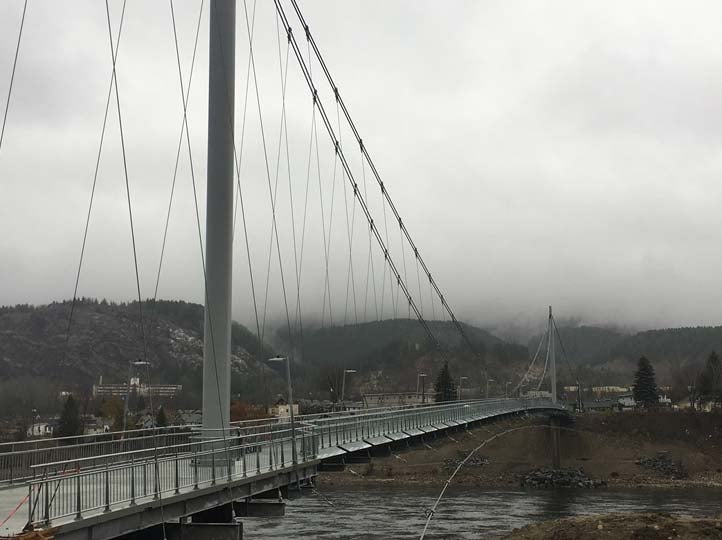
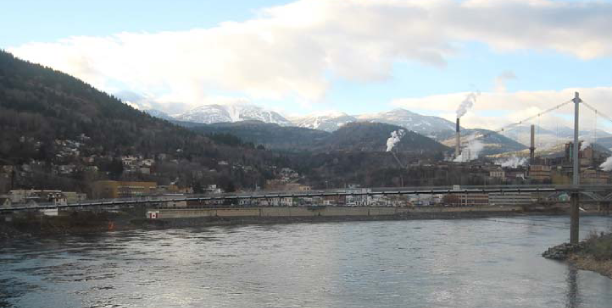
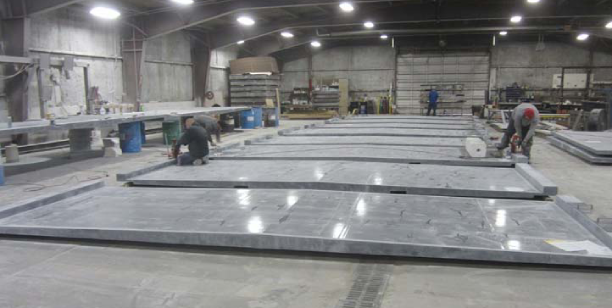
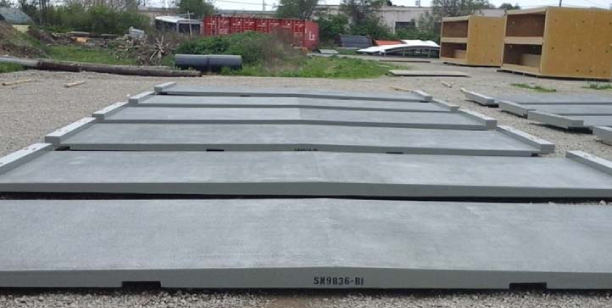
.png)